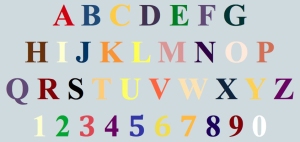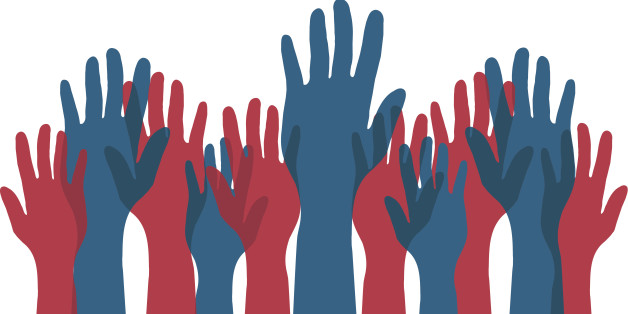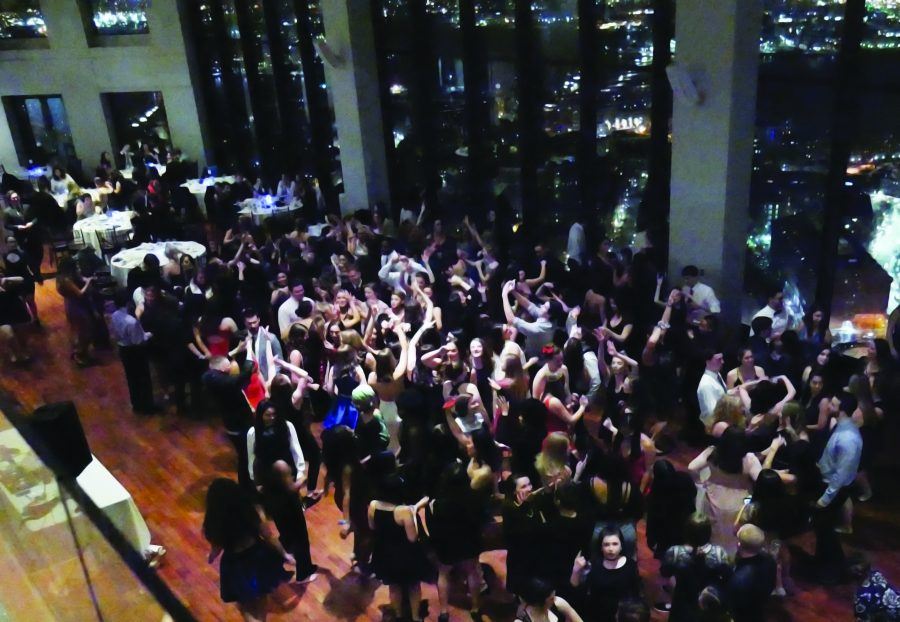By Alison Berstein
Staff Writer
Wednesday is the color orange. Spicy foods taste triangular. A certain musical note evokes a cloudy day. These are not random strings of words. Such comparisons are reality for people who experience synesthesia.

Synesthesia is Greek for “joined perception.” It is a condition where the senses—seeing, hearing, etc.—blend together under certain stimuli. One of these senses is accompanied by another sense. For example, the number 10 may be associated with the color blue.
People with synesthesia, known as synesthetes, experience the condition differently. Some synesthetes hear sounds evoked by certain smells, or have a certain scent evoked by a sight.
Synesthetes can perceive the same stimulus differently. One person may perceive the word “brother” as dark blue, while another may see this word as bright red. Some people may even perceive an experience through three senses.
Some people experience a sensation consistently. They would always see the letter “v” as yellow, for instance. As with many conditions, different people have different experiences with synesthesia.
Marilyn Monroe, Vincent van Gogh, Franz Liszt, and Charles Baudelaire are among the notables who may have experienced synesthesia.
Researchers at the University of Delaware are studying the notion of mirror-touch synesthesia. They recently conducted a study with mirror-touch synesthetes—people who feel touch sensation on their own body when they see another person being touched.
“If you have mirror-touch synesthesia, there’s nothing wrong with you,” explained Jared Medina, assistant psychology professor at the University of Delaware. “It’s just an interesting difference, like being double-jointed.”




















